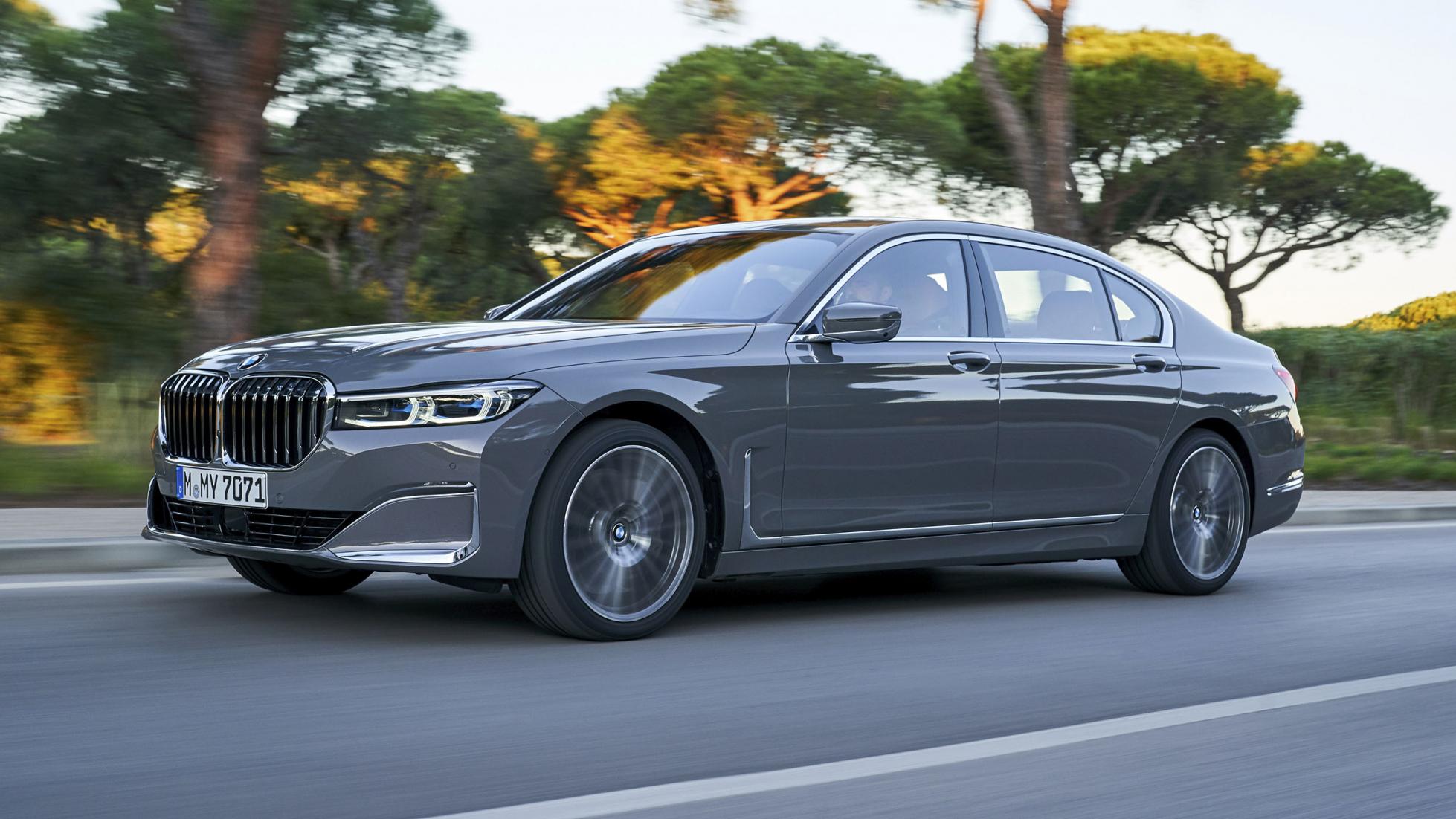Car audio systems are a blend of precision engineering and passion for sound. While most enthusiasts talk about wattage, subwoofer size, or amplifier class, one of the most critical aspects of building a reliable system is often overlooked: impedance matching. At Elite Auto Gear, we’ve seen countless cases where ignoring impedance not only degrades sound quality but also leads to blown speakers and overheated amplifiers.
In this article, we’ll break down why impedance matching is essential, how it protects your investment, and how modern tools such as the Deaf Bonce 530DSP give audio builders more control than ever.
What Is Impedance in Car Audio?
Impedance, measured in ohms (Ω), is the resistance a speaker presents to the current coming from an amplifier. Unlike a simple resistor, a speaker’s impedance varies with frequency, but manufacturers list a nominal rating (e.g., 2Ω, 4Ω, or 8Ω) for system design.
When the amplifier and speaker impedances are properly matched, current flows efficiently, sound reproduction is clean, and components stay within safe operating conditions. A mismatch, however, forces one part of the chain to work harder than it should.
Why Impedance Matching Matters
Elite Auto Gear emphasizes three key reasons:
- Preventing Amplifier Overload
If an amp designed for a 4Ω load is connected to a 2Ω speaker, it must deliver twice the current. This extra strain produces heat, distortion, and in many cases, permanent damage. - Protecting Speakers from Clipping
If impedance is too high, the amplifier may struggle to provide enough current. This often leads users to turn the volume higher, causing clipping—sharp, distorted signals that can fry speaker voice coils. - Ensuring Power Efficiency
Proper matching allows the amplifier to deliver power evenly, ensuring speakers like competition-grade midranges or subwoofers get clean, controlled output.
Common Impedance Mistakes Enthusiasts Make
- Running Parallel Connections Incorrectly
Wiring multiple subs in parallel often lowers total impedance below safe levels. - Ignoring Manufacturer Ratings
Many assume “more power is always better” without checking the speaker’s true impedance. - Overlooking Frequency Dependence
Real-world impedance isn’t fixed; at some frequencies, speakers may dip below their nominal rating.
How to Match Impedance Correctly
1. Know Your Equipment Specs
Always check the RMS power and impedance ratings for both your amplifier and speakers.
2. Use Correct Wiring Configurations
Series wiring increases total impedance, while parallel wiring decreases it. Choosing the right method keeps the load within the amp’s capabilities.
3. Avoid Mixing Different Impedances
Using 2Ω and 4Ω speakers together creates an uneven load, leading to poor distribution of power.
4. Use DSPs for Advanced Control
Digital processors like the Deaf Bonce 530DSP allow tuning beyond simple wiring. They help balance frequency response and manage phase issues, reducing stress on mismatched systems.
The Role of DSPs in Impedance Management
While DSPs don’t change physical impedance, they make managing mismatches safer and more effective. The Deaf Bonce 530DSP, for example, lets installers adjust time delay, EQ, and crossover points. By controlling how frequencies are distributed to different drivers, it prevents low-impedance dips from overwhelming an amplifier.
For example:
- Setting a high-pass filter protects tweeters from deep bass that could push them into unsafe impedance ranges.
- Adjusting subwoofer crossovers ensures low frequencies don’t overload a midrange driver.
This level of precision helps create a safe, efficient setup where every component works harmoniously.
Real-World Example
One Elite Auto Gear customer wired a pair of subs in parallel, creating a 1Ω load on an amplifier rated only for 2Ω. Within weeks, the amp overheated repeatedly and eventually failed. After reconfiguring the wiring and adding tuning via the Deaf Bonce 530DSP, the system not only survived but also delivered cleaner bass and better overall sound balance.
The Science Behind Impedance and Heat
Every time an amplifier pushes current into a speaker, resistance creates heat. Lower impedance means more current flow, more heat, and more potential for failure. Overheating isn’t always immediate—it gradually wears down solder joints, weakens capacitors, and degrades speaker voice coils.
Elite Auto Gear teaches customers that proper impedance matching is like stress management for electronics. Keep the system in its comfort zone, and it will perform longer and more reliably.
Tips for Safe Impedance Matching
- Follow Manufacturer Recommendations – Never assume your amp can handle 1Ω unless clearly stated.
- Invest in Quality Wiring – Thin or cheap wire increases resistance, throwing off impedance calculations.
- Test with a Multimeter – Actual impedance may differ slightly from specs; testing helps confirm safe loads.
- Don’t Overestimate DSPs – While tools like the Deaf Bonce 530DSP optimize tuning, they can’t compensate for wiring mistakes or reckless pairing.
Looking Ahead: Smarter Impedance Solutions
Future car amplifiers may include built-in impedance sensors that automatically adjust power output to protect both amp and speakers. DSPs are already moving in this direction, with products like the Deaf Bonce 530DSP offering advanced monitoring features. By 2030, impedance safety may become as automated as seatbelt reminders in cars.
Elite Auto Gear’s Final Thoughts
Impedance might seem like a technical detail, but it’s the difference between a powerful, reliable system and one plagued with blown speakers and fried amps. Matching your amplifier and speakers ensures efficient energy transfer, clean audio, and long equipment life.
Tools like the Deaf Bonce 530DSP make it easier than ever to design safe, high-performing systems, but the fundamentals remain the same: know your specs, wire correctly, and respect your equipment’s limits.
At Elite Auto Gear, we believe great sound isn’t just about being loud—it’s about being accurate, safe, and sustainable. And impedance matching is the foundation that makes all of that possible.




